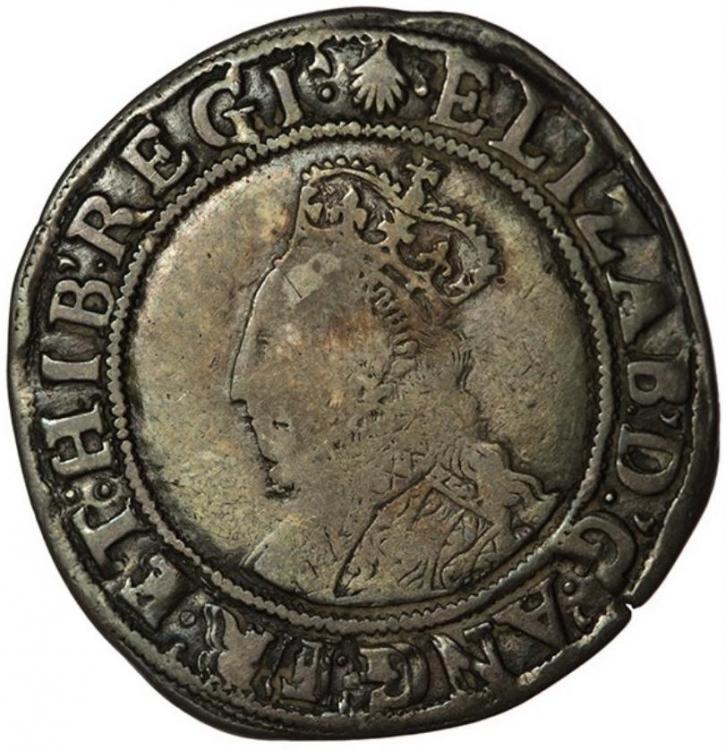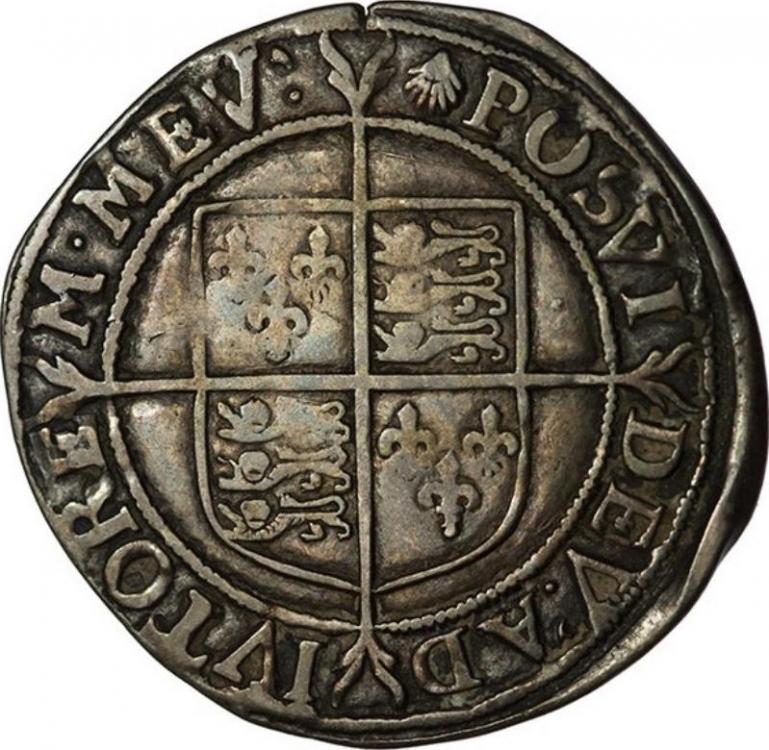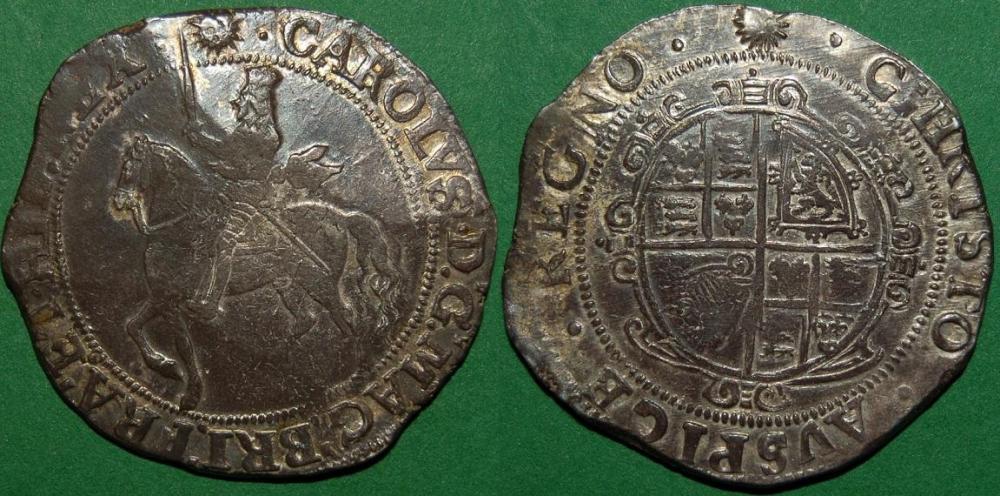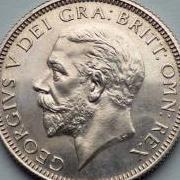Leaderboard
Popular Content
Showing content with the highest reputation on 03/04/2025 in Posts
-
5 points
-
1 point
-
1 point
-
1 point
-
1 point
-
I realise on strict grading this is at best a ‘fine/good fine’ coin but, overall, I think it a really worthy Shilling, being centrally struck on a decent round flan, and with a good balance of strike and wear to add to its overall eye-appeal! I bloody love it, and thank James Tout for keeping this one aside for me.1 point
-
It's easy to understand why you love it. The legend is very well struck in particular and I like the triple struck "R" on the obverse. Very nice toning too. 😀1 point
-
1 point
-
1 point
-
1 point
-
We had this discussion a while ago. Dave Greenhalgh was here saying you only had one blow with the hammer, which is unquestionably true for small coins (he does this all the time). The hammer can bounce leading to double striking, but I think the question of more than one blow could apply to larger modules. I used my type 5 halfcrown as an example, see below. There is unquestionable double striking by the horse's rump and by the S on the obverse, and the N & H on the reverse. The relief of the obverse has a significant change of angle which is obvious with the lighting, and a similar profile change in the diametrically opposed part of the flan. I couldn't see how a bounced strike could produce such a large change of angle whilst still producing what is quite a well struck up coin. Looking to pick holes in my thoughts, the only way you could get this profile with a double change of angle would be if the die was cut with the angles as seen, which isn't impossible. Although it is counter-intuitive to presume the die was engraved on a deliberately non-planar surface, I suppose an angled profile such as this would constrain movement along the 1 o'clock/7 o'clock axis, but the lower and less angled profile on the 10 o'clock/4 o'clock axis would allow some lateral movement. The double striking seen on this coin would agree with the above, so maybe I'm wrong in thinking it was struck more than once. Don't have a ouija board to find out.1 point
-
I have been contacted by email with someone trying to get a correct ID for this coin. Can someone help? I believe it is an Edward III Quarter Noble and I tend towards S1511 because of the annulet before Edward, but I can't make the symbol in the centre of the cross look like a "Lis". Nor an L, which might make it the much scarcer S1480. It doesn't look like an E either - anyone able to tell me? I know the pictures are not great - the best the owner can achieve. I may get to see it in hand next week, but until then any help appreciated.1 point
-
Seeing as the hammered sections floundering a bit i thought I'd post this one up. It's a class 1b2 coin of Henry II The moneyer is Ravl (Randulphus Frowik) at the London mint. It's slightly different than some coins as the obverse reads HENRIE instead of HENRIC. This error/spelling has been observed in coins of class 4 & 5 but not in a class 1 coin so is unique so far.1 point
-
Thanks Rob. Here is a composite photo showing the recently auctioned Hulett / Shuttlewood coin top left; another coin (same die, to allow more missing detail to be seen) top right; an example of the small 3a bust sixpence, mm bell bottom right, and the pattern groat mm bell bottom left. I think this shows that there is a lot of similarity between the bust on the sixpence of interest and the 3a bust, fitting with the Spink description. I wonder now if the original description 'like the small 3a portrait, no inner circle' referred to the coin that S.2848A / S.2821 was like, rather than a description of the coin itself? This reference was soon changed to the current one '4.5 var., small 3a type bust, double-arched crown, inner circle both sides, mm. sun (over eye)' The pattern groat is included here because the comment in SNC 2001 referenced the similarity of the sixpence bust to that on the pattern groat. (Is it similar, or actually the same?) The S.2820 sixpence with the 4.5 bust (not shown here) appears to have two bust varieties, both of which have a single arched crown and bear little resemblance to the 3a bust. So to address Rob's point, I feel that the coin of interest is far more similar to a 3a bust than 4.5 (or any earlier type 4 bust for that matter). Overall it seems likely to me that the coin described as S.2848A / S.2821 is this coin. Its (final) description matches the coin well, and its appearance in the 2003 catalogue fits quite nicely with its emergence in SNC during 2001, where it was described as apparently unpublished. Presumably it was recognised too late to include in the 2002 edition, but added the next year.1 point
-
Here's the reverse of my coin. When I bought it, I was happy it was really 1655 rather than 1653 or an artefact of the double striking at the date, but wanted to locate a die duplicate on a definite 1655 to be sure. Although I had pictures of the coin posted by Coys55 from the earlier sales catalogues, I'd discounted mine as a die duplicate (partly because those images were much lower quality than that just posted, but also because of perceived differences). Lots of similarities, such as the die defect to lower left of the LH shield cross centre; the 2 spots in the field above that cross, positioning and shape of most letters... What had put me off previously was the position of the 'W' relative to RH shield base. But now I think this is an artefact of the double striking evident on Coys' coin at the shield base? It often strikes me as odd how some parts of the design are unmoved whilst others show a shift during double striking, in a way that can be hard to understand. If my coin is the same die I think it possibly is a later strike where additional die damage has occurred such as within LH shield upper left quadrant? Any thoughts?1 point
-
1 point
-
1 point
-
1 point
-
In case anyone here is interested, I have tracked this one down now. It is ND (1364-1383) Luxembourg - Esterlin with Lions - Wenceslaus I See the link below for a fuller description. The only auction price I can see indicates one in better condition sold for £922 in 2013, so quite a nice find! https://en.numista.com/catalogue/pieces95611.html1 point







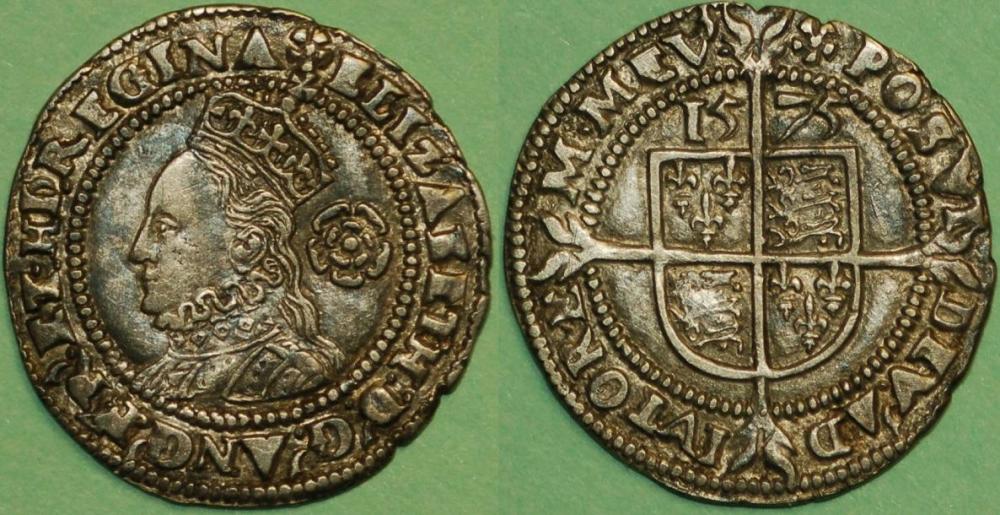


.jpg.d8cb251f13ae7d519d4f14ecf00fe8a2.jpg)
.jpg.07288a1f5a3d09084d52b1cd33108851.jpg)
